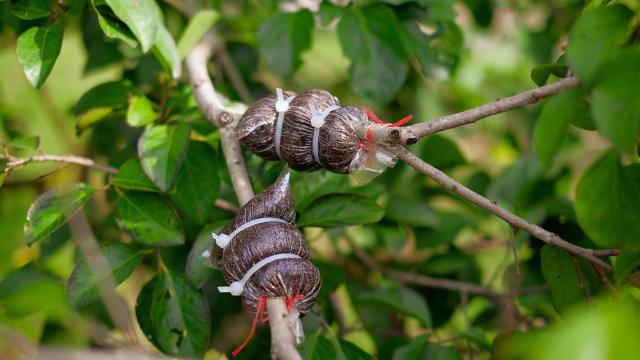Propagating plants can be hit-or-miss — especially for beginners. Instructional TikTok or Instagram videos make it look so easy. And while sometimes it is, other times you’re left with a hacked-up parent (original) plant, and nothing to show for it.
Depending on what you’re trying to propagate (more on that later), a technique called “air layering” may be the solution to your plant propagation problems. Here’s what air layering involves, and when to use it.
What is air layering?
Basically, air layering is a way to propagate new plants from stems that are still attached to the parent plant. In other words, you don’t have to snip off a cutting, and the parent plant can remain whole. Because of that, air layering allows you to propagate a plant with minimal risk: This can be especially helpful if you’re working with a plant that’s rare, pricey, or has sentimental value.
How to air layer a plant
There are a few different air layering techniques — some of which aren’t necessarily for beginners — but here’s the general process:
- Find a branch or shoot that is roughly two or three years old. (It should be both flexible and strong, and show multiple signs of new growth.)
- Peel back 1-2″ of the branch or shoot near its base.
- Wrap moist sphagnum moss around the spot where you peeled back the branch or shoot.
- Secure the moss with floral ties or plant twine.
- Cover the whole bundle with plastic wrap.
There are more detailed instructions out there, including these from The Spruce, the Royal Horticultural Society, and WhyFarmIt.
The best plants for air layering
Here are a few examples of plants that propagate well with the air layering method:
- Rhododendron
- Camellia
- Azalea
- Holly
- Magnolia
- Roses
- Forsythia
- Honeysuckle
- Boxwood
- Wax myrtle
- Horsehead Philodendron
- Magnolia
- Hazel
- Jasmine
- Lilac
If you’re working with outdoor plants, it’s best to do air layering propagation in the spring or autumn.

Leave a Reply
You must be logged in to post a comment.